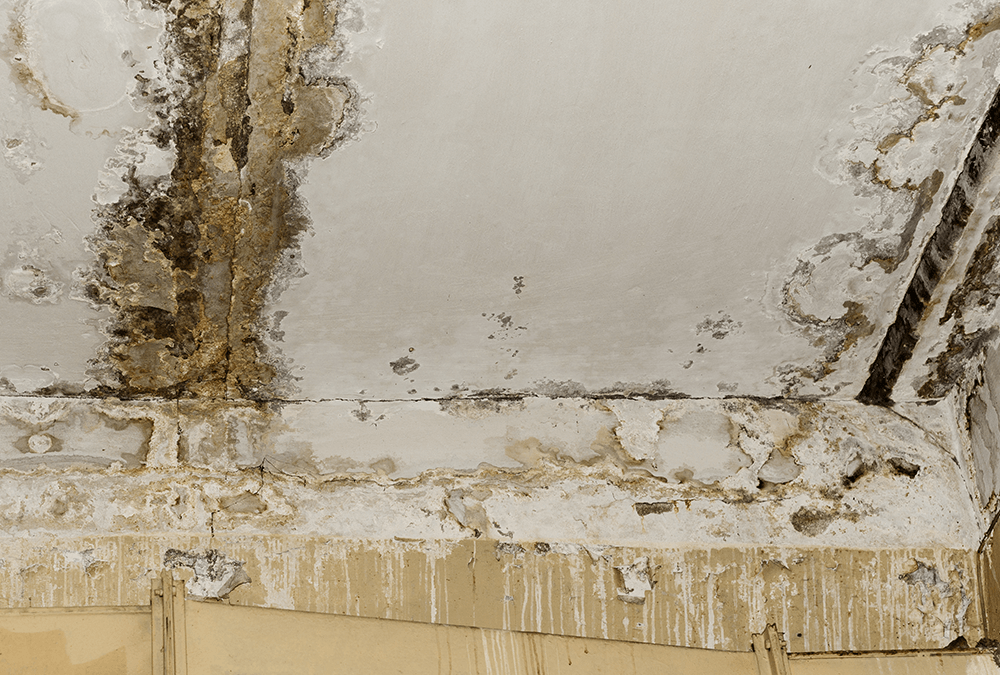Right here below you can find more really good insight concerning Common Causes of Water Damage in a Bathroom.

The washroom is extremely prone for wet accumulation as well as possible water damages due to the constant use water in it. This short article uses straightforward inspection methods to assist detecting water damage dangers.
The constant use water in the bathroom makes it incredibly prone for wet buildup and potential water damage. By checking it on a regular basis, you can minimize water relevant problems.
The adhering to set of evaluations is simple to do as well as must be done when in every three months in order to keep your shower room healthy as well as to stop possible water problems brought on by the bath tub, the shower, pipeline joints and also plumbing, sinks, closets, and also the commode
Do not neglect performing these inspections and be comprehensive while executing them. Remember that these straightforward examinations can conserve you a great deal of cash by supplying very early indicators for water damages
Tub and Shower
The shower and bathtub require unique focus and also upkeep. Inspect the ceramic tiles as well as replace if cracked. Make sure that there is no missing out on cement in between the ceramic tiles. Examine as well as replace cracked caulking at joints where the wall surfaces fulfill the flooring or the tub. Clogged drains and also pipelines issues will prevent the bathtub from drying out as well as may indicate significant issues below the bathtub. Consult with a specialist right away to prevent architectural damages. Take note of discolorations or soft locations around the tub walls as they may show an interior leak.
Plumbing
Signs for water damages are difficult to spot since the majority of pipelines are installed inside the wall surfaces.
Pay unique attention to floor covering as well as walls dampness and discolorations as they may show an undetectable plumbing issue. Examine wetness levels in adjacent spaces as well.
Sinks as well as Cabinets
Sinks and closets are subjected to moisture as well as humidity day-to-day as well as are often forgotten. Check consistently under the sink as well as on the countertop over it. Repair any type of drip in the trap as it might suggest drainpipe problems. Browse the sink, slow draining pipelines might show a blocked drainpipe. Replace sink seals if they are fractured or loose.
The Commode
The toilet is an at risk water junction. Examine the water lines and look for leakages around the bathroom seat, in the tube, and under the water storage tank. If you detect any type of indicators of wetness on the flooring around the toilet, look for leakages in the toilet rim and also tank seals.
Know that hanging commode bowl antiperspirants increases the possibilities for obstructions.
Water Damage Signs In The Bathroom To Avoid Cleanup
Musty smell
This is one of the easiest signs to catch because musty smells are so odorous. The damp, earthy, moldy smell should be a big red flag. The smell will develop when moisture gets trapped in surfaces, and begins to facilitate mold growth. Leaking pipes under cabinets, inside walls, and behind shower fixtures will cause moisture to stay trapped and not dry, which will lead to mold growth and spread. As soon as you notice any musty smells in your bathroom, have it checked for hidden water damage and cleanup signs.
Visible mold
If the smell isn’t there to give it away, sometimes you will actually see mold growth. Finding mold in your bathroom is a serious problem, because mold is very harmful to your health. By the time mold growth is visible, it also means that water damage has already occurred and been present for some time. The only way the mold problem can be resolved is to find the source of the moisture and get it stopped. To safely and adequately remove mold, you need to have professionals handle the remediation. Do not waste any time in getting mold problems addressed, fixed, and sanitized so that you can protect you and your family from the many respiratory symptoms caused by mold exposure.
Damaged floors
Bathroom floors should be able to withstand some exposure to water while still remaining in good condition. However, when excess exposure or water leaks occur, they will begin to damage even the most water-resistant flooring. If you notice any cracking, bubbling, staining, or warping on your bathroom floors, there is probably a water leak somewhere causing the distortion. If you notice areas of the floor have become softer, or even have a spongy feeling, there is probably damage to the subfloor. Subflooring is typically made up of plywood. When plywood is exposed to water or moisture, it will absorb it. Once it has become saturated, the weight of the excess water will cause the wood to swell and soften. Check the floors in your bathroom frequently to catch any of these sings before they lead to damaged subflooring.
Changes on walls
When water leaks behind walls, it will cause changes in the drywall. Peeling plaster, blistering paint, and soggy wallpaper are all good indicators that excess water is building up behind the wall. Water leaking behind drywall will cause it to swell and be soft to the tough. If you start to notice gaps along the trim of your walls, or where tile meets the wall, it could also be a strong indicator that there is a leak behind the wall. Any changes, distortion, or damage on the walls should be evaluated as soon as you notice it to prevent further water damage and cleanup.

As an enthusiastic person who reads about Common Causes of Water Damage in a Bathroom, I assumed sharing that information was a great idea. If you enjoyed reading our page please be sure to share it. Many thanks for taking the time to read it.
Schedule Now!